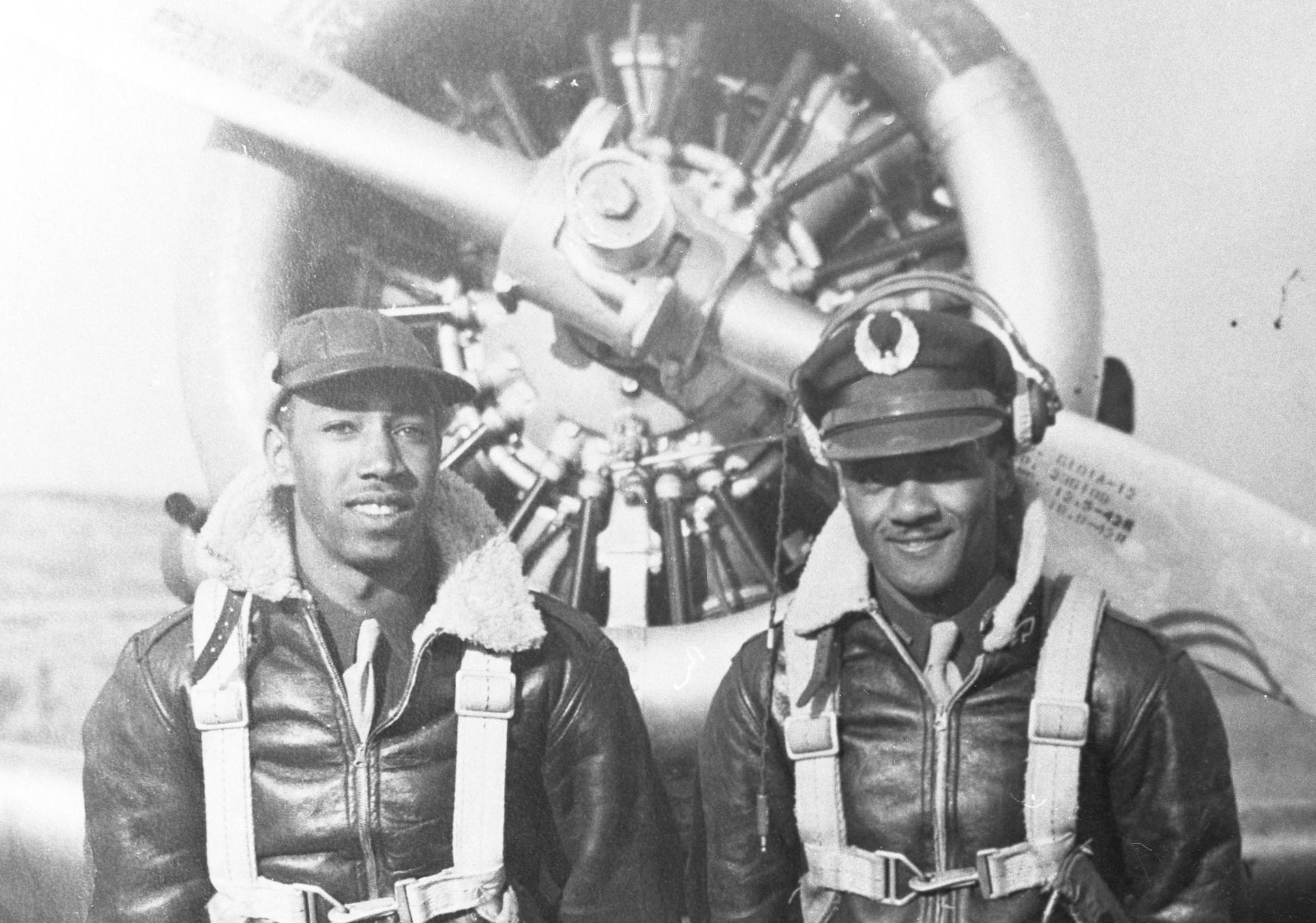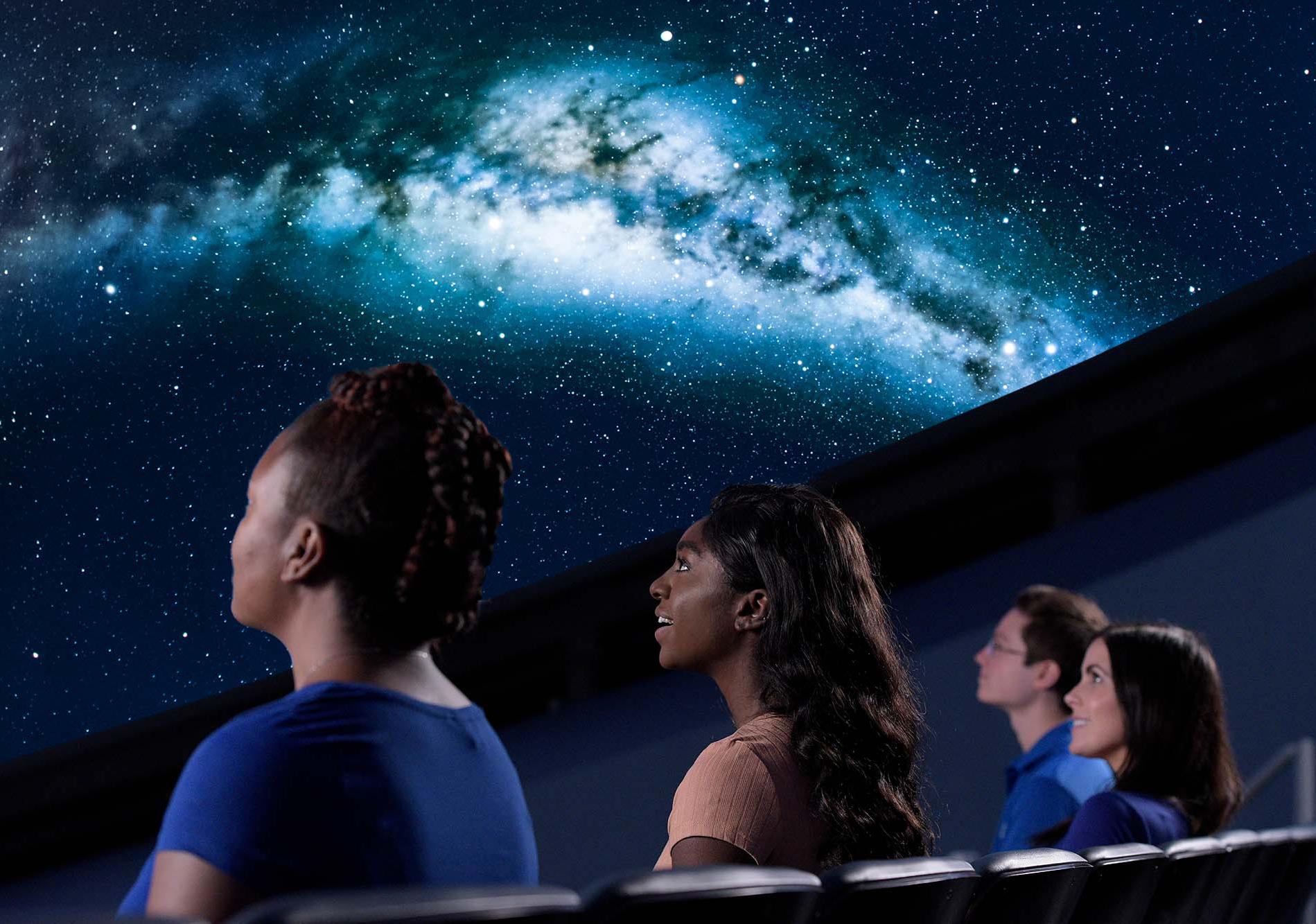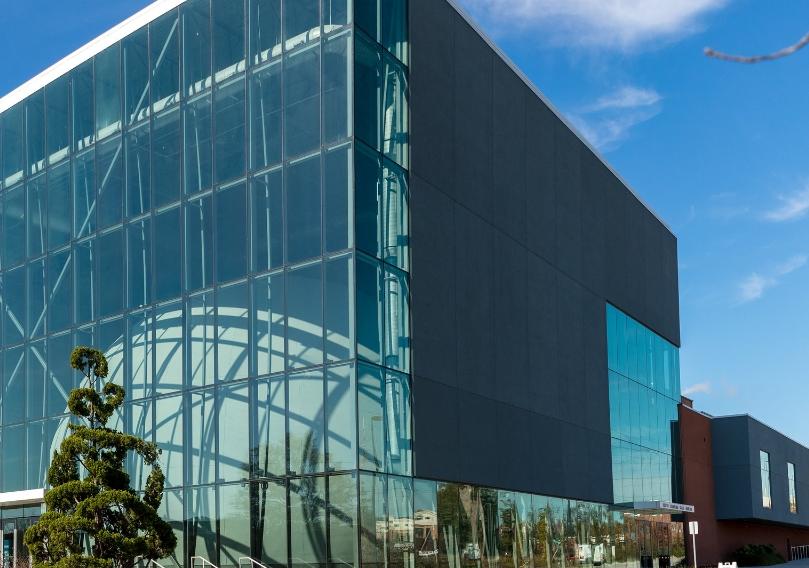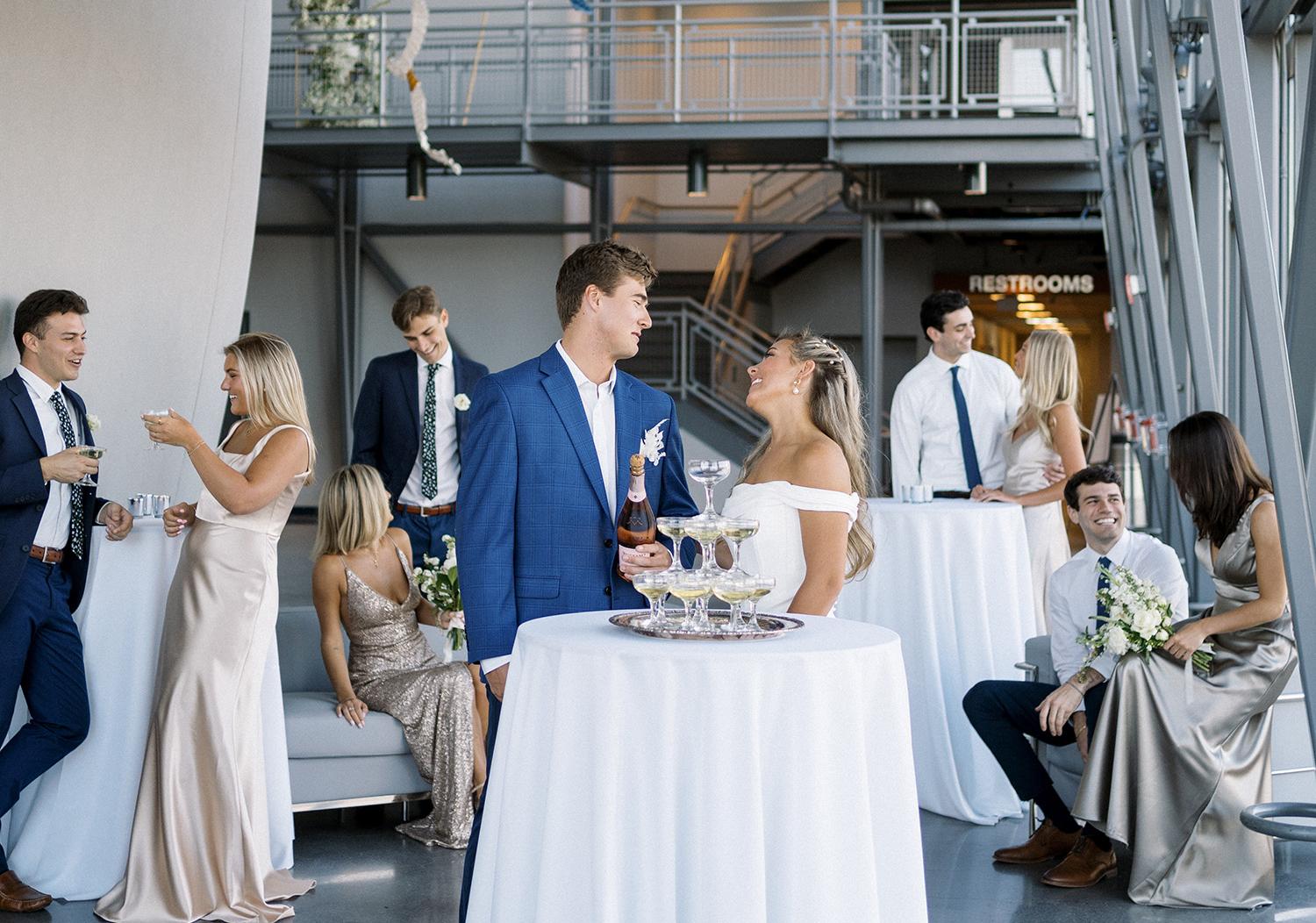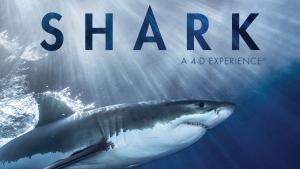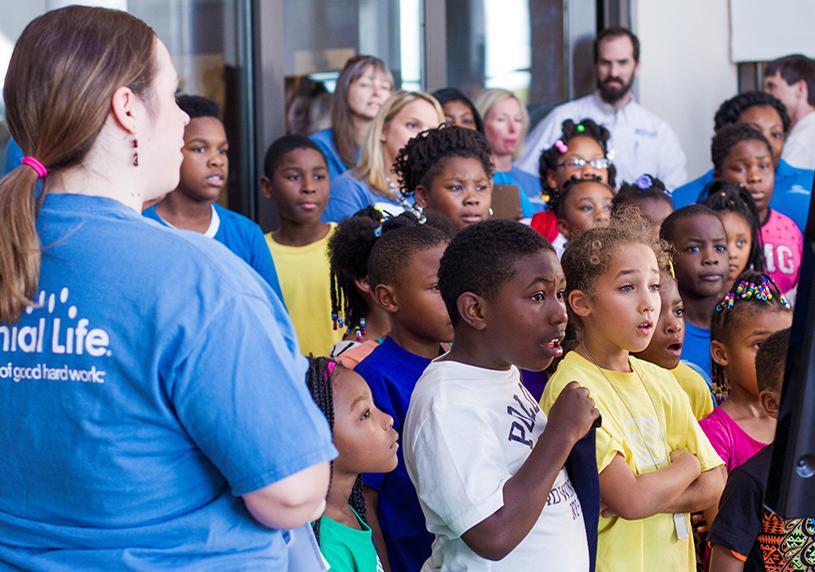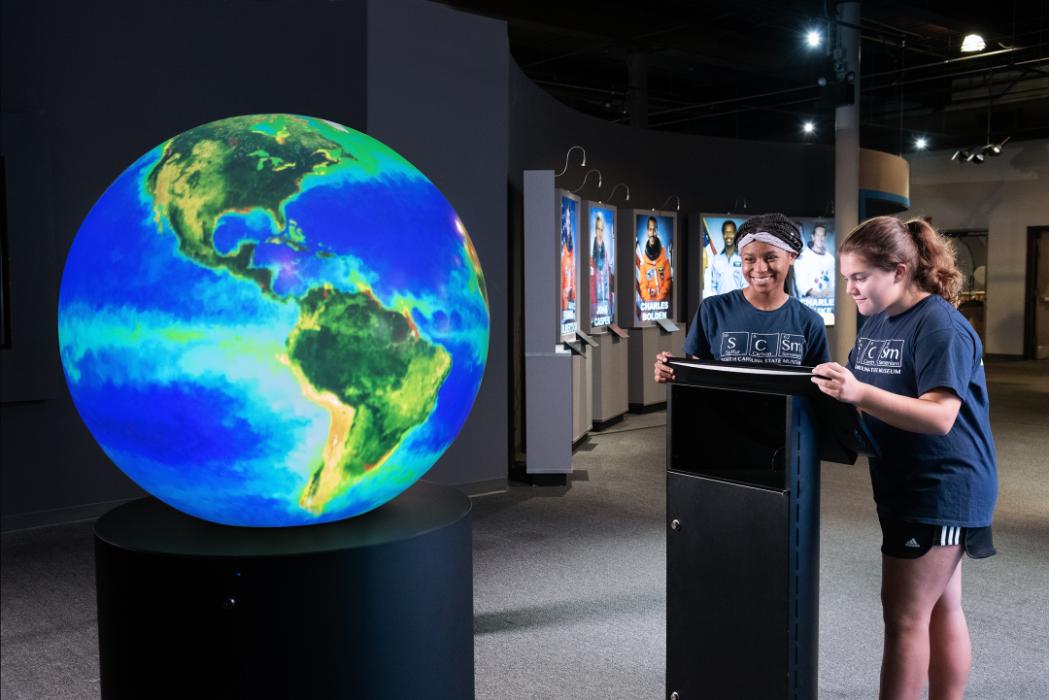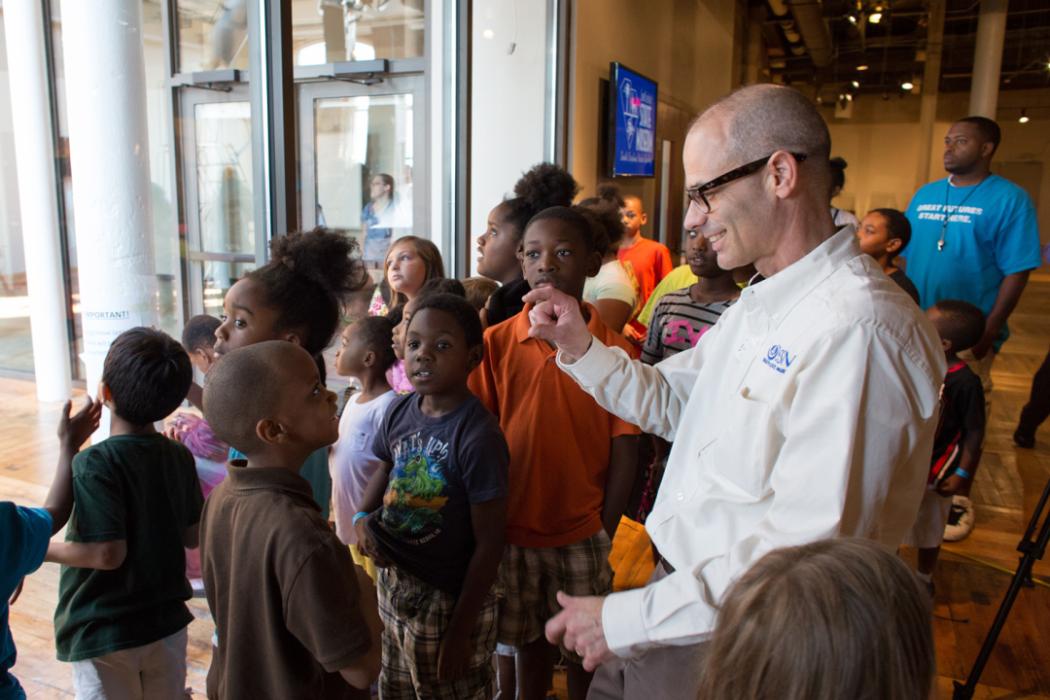
Marshall Foster
My grandmother grew up in Charleston. Adelin Schroder Lipscomb. I think she must have had this incredible innate talent because when she was very ill in her teens, her dad bought bisque and she began to paint these exquisite flowers and fruits and all on this beautiful... ended up being a full cabinet full of her work, which all of us grandchildren now own a few pieces. So that was kind of what we knew about her early childhood art. And then later, once she got, she was married to my grandfather and my grandfather was hired by the university to come and teach chemistry. And they lived right on Sumter Street, right across from the old Horseshoe. And grandmother would take art classes at the university. And that's what you have an example of, of some of her work there. She was designing textiles, and it must have been a textile class because we had multiple examples of things that she did in in that class done in tempera. And I to this day, I don't know how in the world she was able to be so precise in what she did, but she also did portraits. I'll remember spending a night in her at her house or spending nights at her house, and she didn't like the color of a particular morning glory that was in the wallpaper. So she went all over the room and repainted them. That was, that was the way she was. When my father died, we gave a permanent collection to the museum, as well as several hundred pieces of his work that were in his studio for the purpose of the State Museum, using them, selling them for the benefit of this art portion of the museum. That's my grandmother and daddy did a few portraits, but this particular one was done from a photograph that he took in his backyard. The gazebo in the back was one that he constructed where my sisters were married. Grandmother was watching her grandchildren hunt for Easter eggs as it was a chilly Easter that day. When it came time to sort of divest ourselves of some of the paintings, the museum chose that one because of, I guess, the name of this museum. Well, the travel bag is a picture of my father's beat up, his work satchel is what it boils down to. And it looked that bad all the time because it was beat up and it traveled with him when he was taking so many people to educate them about what museums were all about. It's an abstract, in a way, but it tells a story. The briefcase is acrylic, whereas my grandmother's portrait is watercolor. The first oh, I don't know how many years of daddy's painting was primarily watercolor, and he studied under lots of wonderful watercolorists. But later, the acrylics kind of came in, and that was what he was painting in- in the end. The briefcase probably was a middle of the road transitional piece as he was moving from realism into the abstract. He went from being very literal in his painting to being very abstract towards the end of his life and rationale, and I heard him speak on this at one time, the rationale behind that was for years I studied how to paint what I saw. And now that I'm in my eighties or seventies, eighties, he was 92, almost 93 when he died, I'm painting what I think and what I feel. So that's where the abstract came and that was a challenge to him. It was more spontaneous. He loved the spontaneity of being able to just sit down and paint. And he did that seven days a week almost, give or take, 8 hours a day. He would forget to eat. It was all consuming. Plus he was looking at this museum thinking about that.
